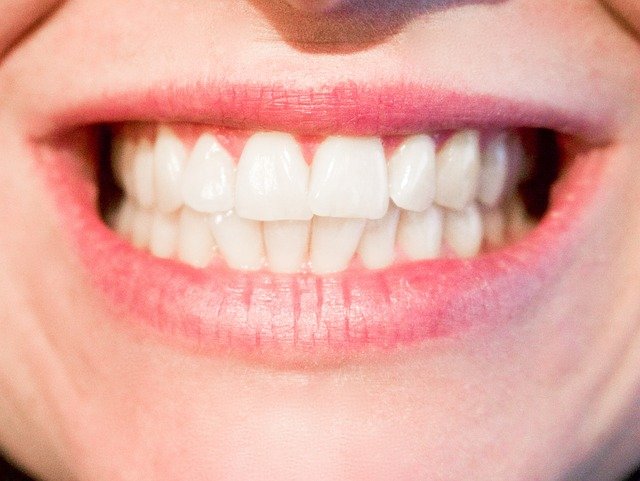
Cavities are more than just a nuisance.
Dental cavities affect nearly every age group and are accompanied by serious health concerns, according to the World Health Organization.
Additionally, direct and indirect costs of treating dental cavities and related diseases are a huge economic burden for people and health care systems.
Although tooth decay is relatively harmless in its earliest stages, once the cavity progresses through the tooth’s enamel, serious health concerns arise.
If left untreated, decay can lead to tooth loss.
This can present adverse consequences on the remaining teeth and supporting tissues and on the patient’s general health, including possibly life-threatening conditions.
Good oral hygiene is the best prevention, and over the past half-century, brushing and flossing have significantly reduced the impact of cavities for many Americans.
Still, some socioeconomic groups suffer disproportionately, researchers say.
Further, according to reports from the Centers for Disease Control and Prevention, the prevalence of dental cavities in the US is on the rise.
In a recent study, researchers found a new product can use proteins to rebuild tooth enamel and treat dental cavities.
The new biogenic dental products can—in theory—rebuild teeth and cure cavities without costly and uncomfortable treatments.
Taking inspiration from the body’s own natural tooth-forming proteins, the researchers came up with a way to repair the tooth enamel.
They designed peptides derived from amelogenin—a protein crucial to forming hard crown enamel—to restore the enamel’s mineral structure.
The peptide-enabled technology allows the deposition of 10 to 50 micrometers of new enamel on the teeth after each use.
Once fully developed, the product will be available in biomimetic toothpaste, gels, solutions, and composites at both public health facilities and in private homes.
The technology will allow people to rebuild and strengthen tooth enamel on a daily basis as part of a preventive dental care routine. It is expected to be safe for use by adults and children.
Fong, a research scientist in the department of materials science and engineering, and Greg Huang, professor and chair of orthodontics in the School of Dentistry are coauthors of the paper.
The study is published in ACS Biomaterials Science and Engineering.
Copyright © 2019 Knowridge Science Report. All rights reserved.



